38 integumentary system labeling
Integumentary System Anatomy and Physiology - Nurseslabs Feb 11, 2021 · The integumentary system has sensory receptors that can distinguish heat, cold, touch, pressure, and pain. Anatomy of the Integumentary System The skin and its derivatives (sweat and oil glands, hair and nails) serve a number of functions, mostly protective; together, these organs are called the integumentary system. Integumentary System - YouTube The integumentary system includes the skin, hair and... In this video Paul Andersen details the important structures and functions of the integumentary system. The integumentary system includes ...
The Layers of the Integumentary System - ThoughtCo Aug 8, 2019 · The integumentary system is the body's first line of defense against bacteria , viruses, and other pathogens. It also helps provide protection from harmful ultraviolet radiation. The skin is a sensory organ, too, with receptors for detecting heat and cold, touch, pressure, and pain.
Integumentary system labeling
Integumentary System – Medical Terminology for Healthcare ... The integumentary system refers to the skin and its accessory structures. In the adult human body, the skin makes up about 16% of body weight and covers an area of 1.5 to 2 m 2. In fact, the skin and accessory structures are the largest organ system in the human body. Integumentary System | Biology for Majors II - Lumen Learning The integumentary system consists of the skin, hair, nails, the subcutaneous tissue below the skin, and assorted glands.The most obvious function of the integumentary system is the protection that the skin gives to underlying tissues. The skin not only keeps most harmful substances out, but also prevents the loss of fluids. Integumentary System | histology - University of Michigan A pattern of ridges and grooves on the deep surface of the epidermis fit a complementary pattern of corrugations of the underlying dermis. The projections of the dermis are called dermal papillae and those of the epidermis, epidermal ridges (pegs), because of their appearance in vertical sections of the skin.
Integumentary system labeling. The Integumentary System, Part 1 - Skin Deep: Crash Course ... Anatomy & Physiology continues with a look at your biggest organ - your skin.Pssst... we made flashcards to help you review the content in this episode! Find... Integumentary System | histology - University of Michigan A pattern of ridges and grooves on the deep surface of the epidermis fit a complementary pattern of corrugations of the underlying dermis. The projections of the dermis are called dermal papillae and those of the epidermis, epidermal ridges (pegs), because of their appearance in vertical sections of the skin. Integumentary System | Biology for Majors II - Lumen Learning The integumentary system consists of the skin, hair, nails, the subcutaneous tissue below the skin, and assorted glands.The most obvious function of the integumentary system is the protection that the skin gives to underlying tissues. The skin not only keeps most harmful substances out, but also prevents the loss of fluids. Integumentary System – Medical Terminology for Healthcare ... The integumentary system refers to the skin and its accessory structures. In the adult human body, the skin makes up about 16% of body weight and covers an area of 1.5 to 2 m 2. In fact, the skin and accessory structures are the largest organ system in the human body.
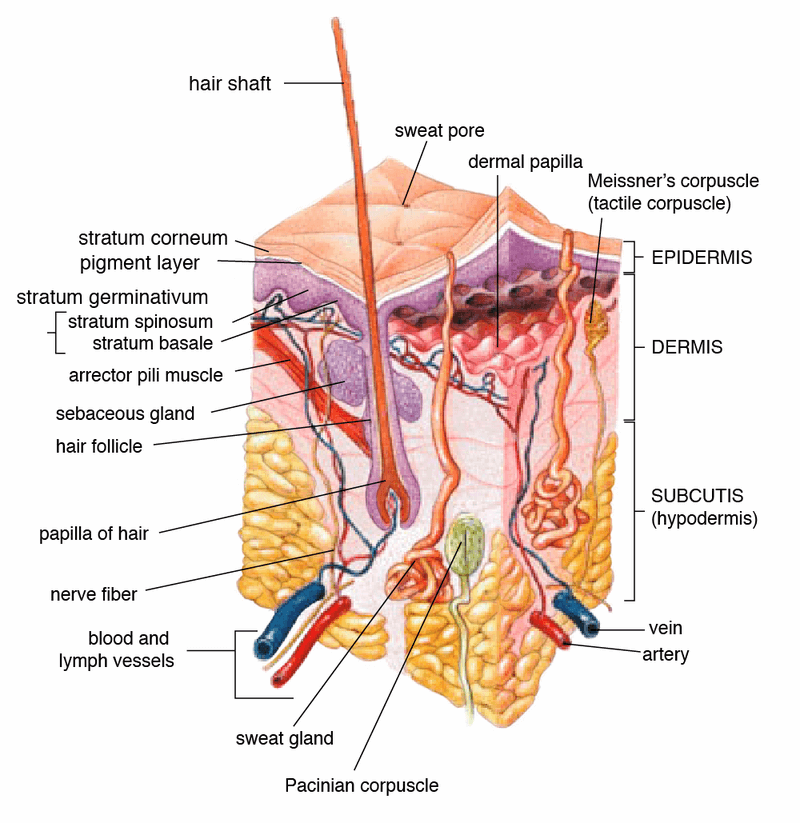

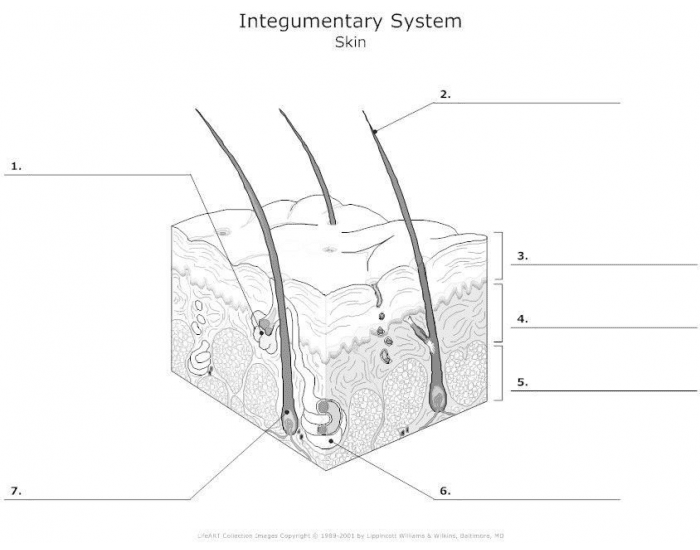



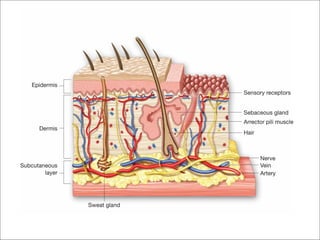
(118).jpg)

:watermark(/images/watermark_5000_10percent.png,0,0,0):watermark(/images/logo_url.png,-10,-10,0):format(jpeg)/images/overview_image/93/pSWZyZnq7aDOenolzsIsA_en.JPG)
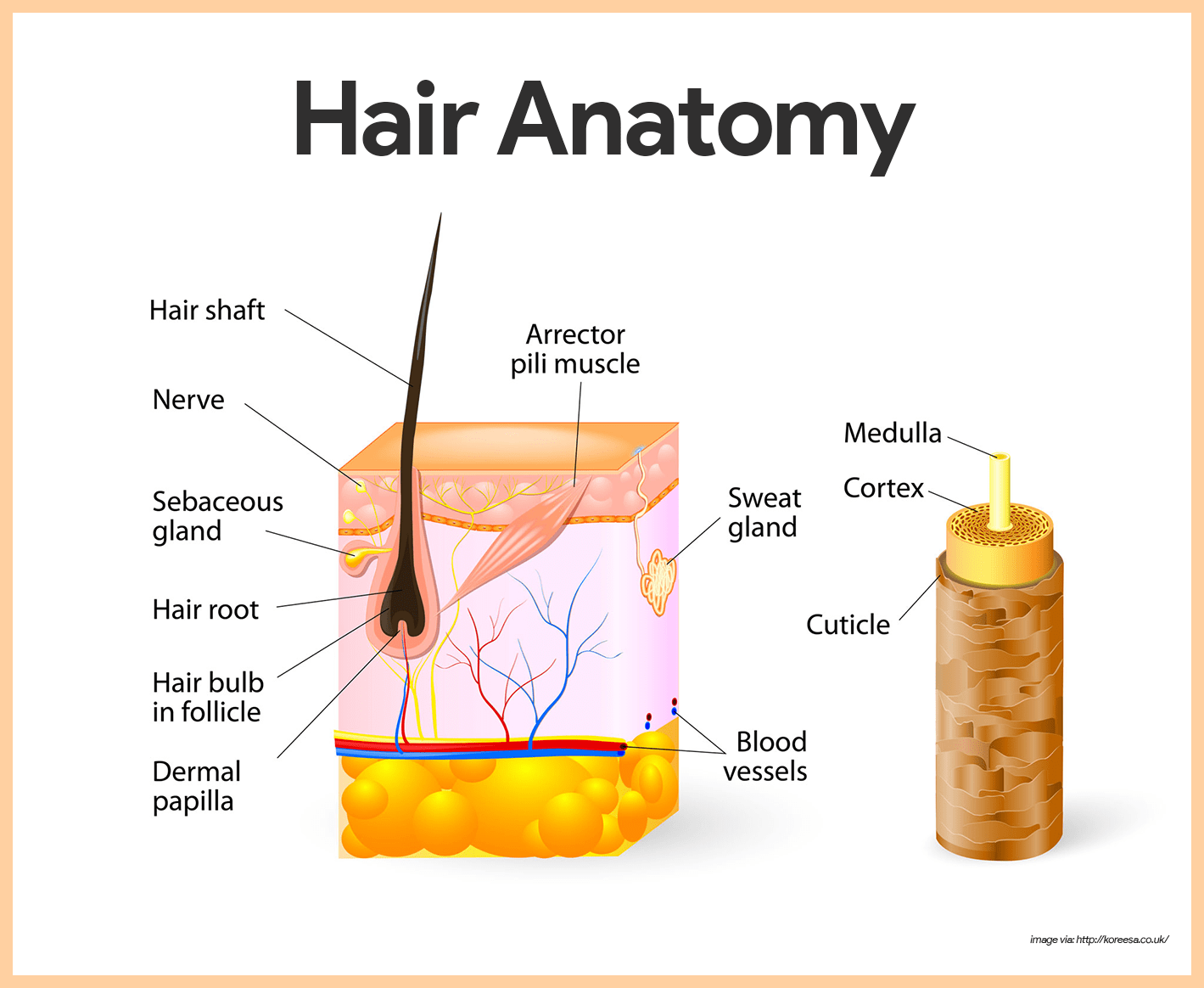
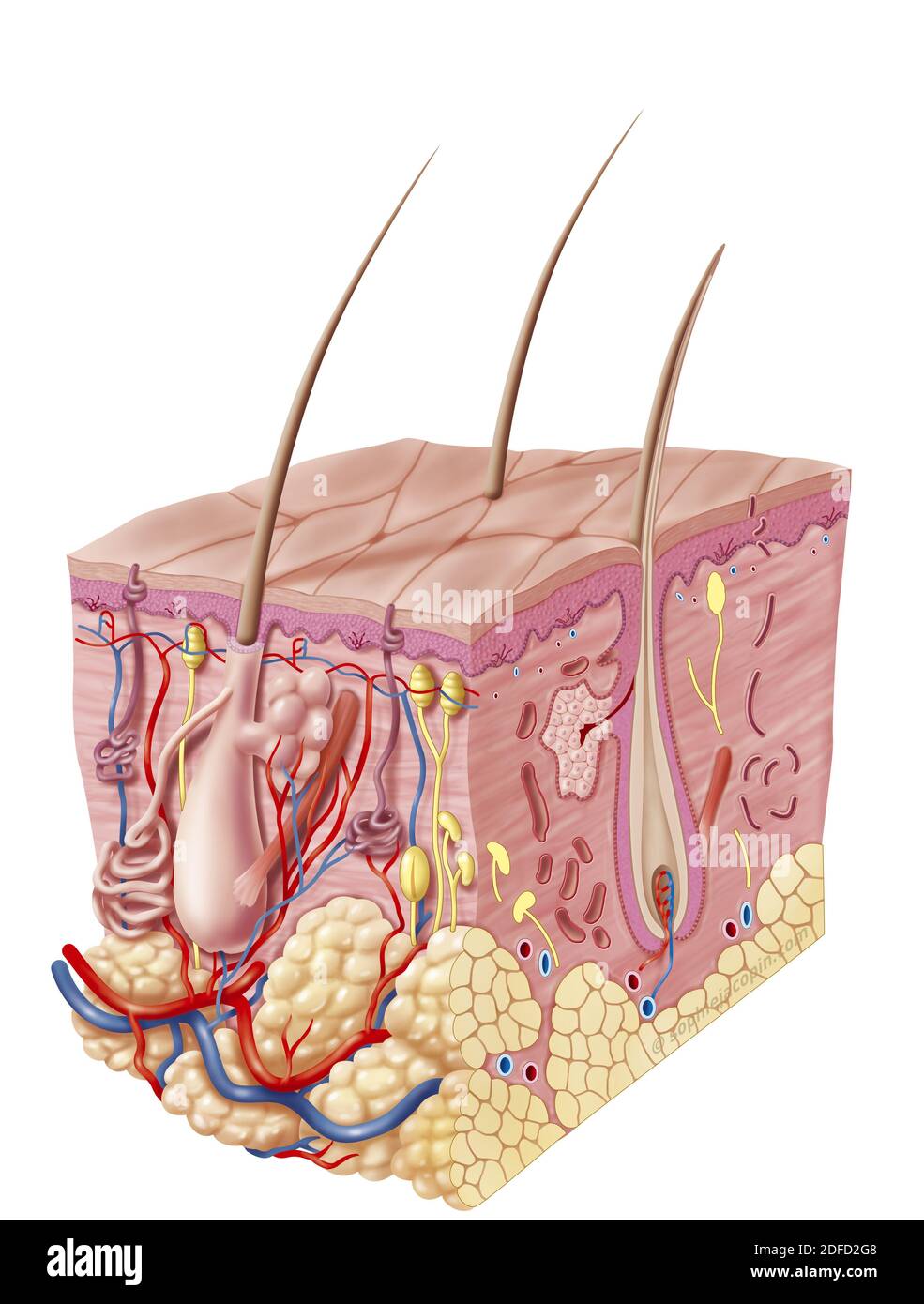
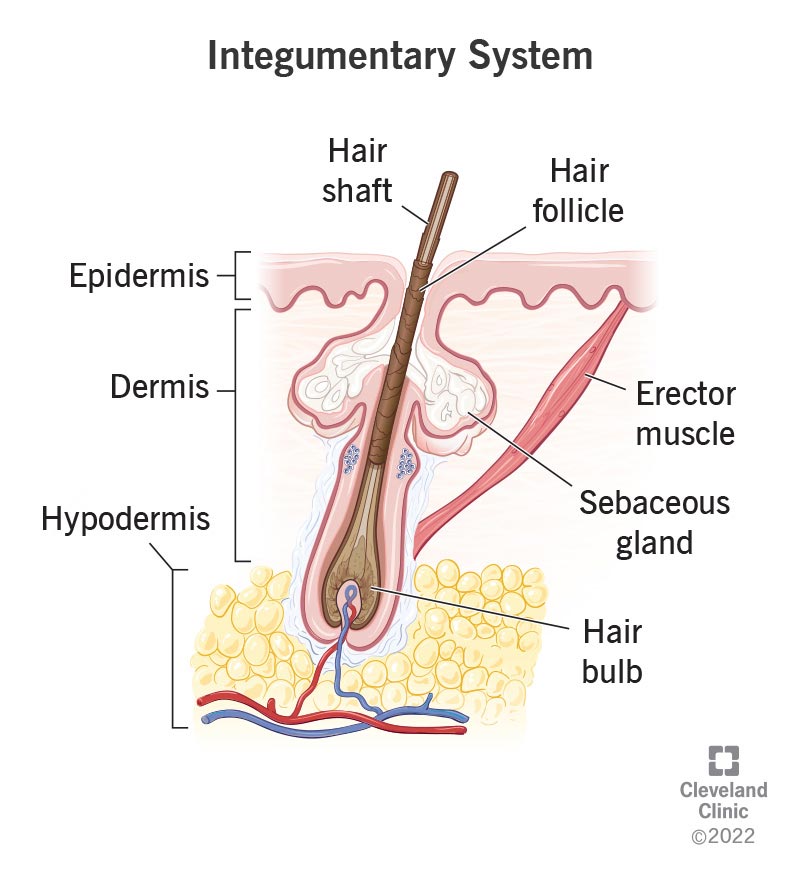
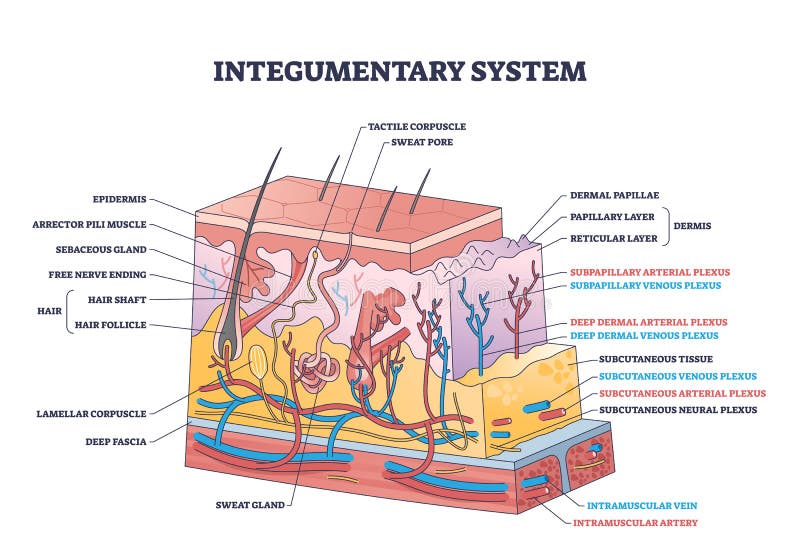

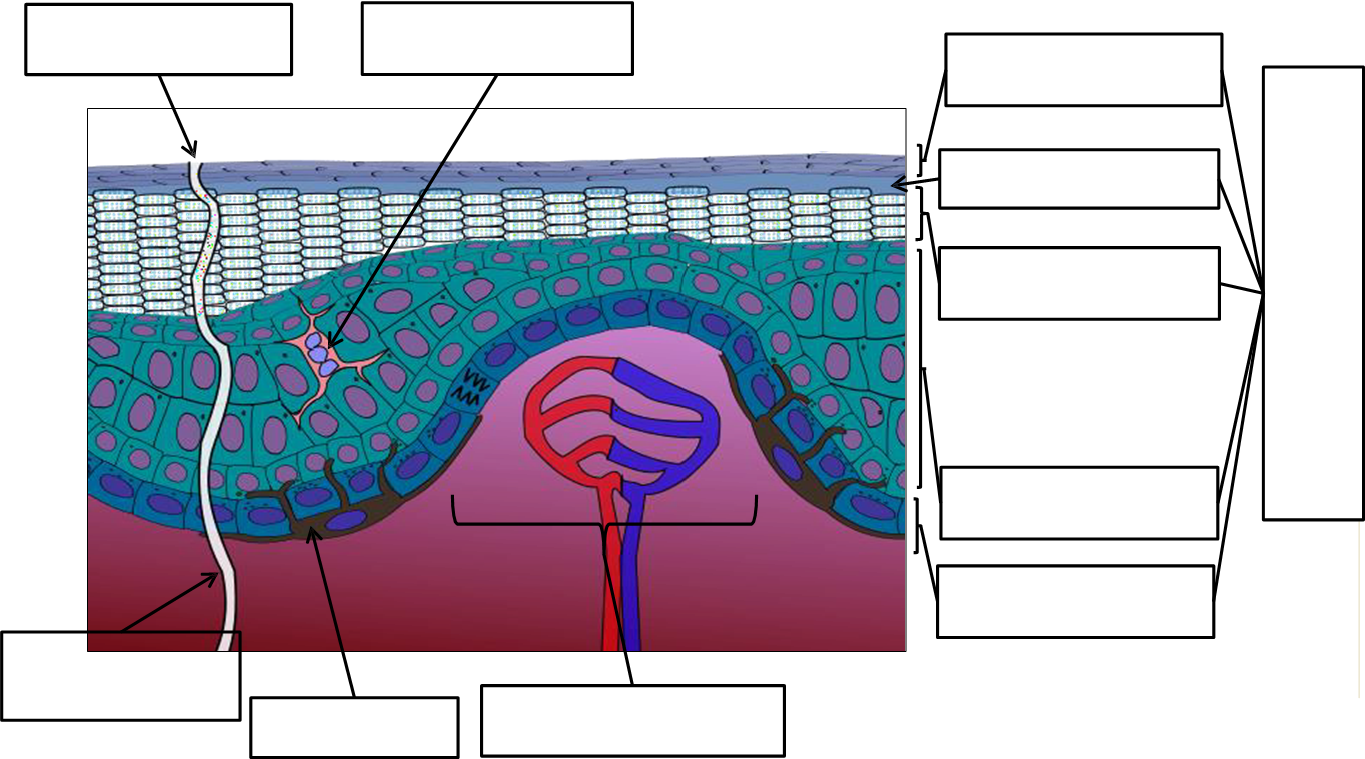
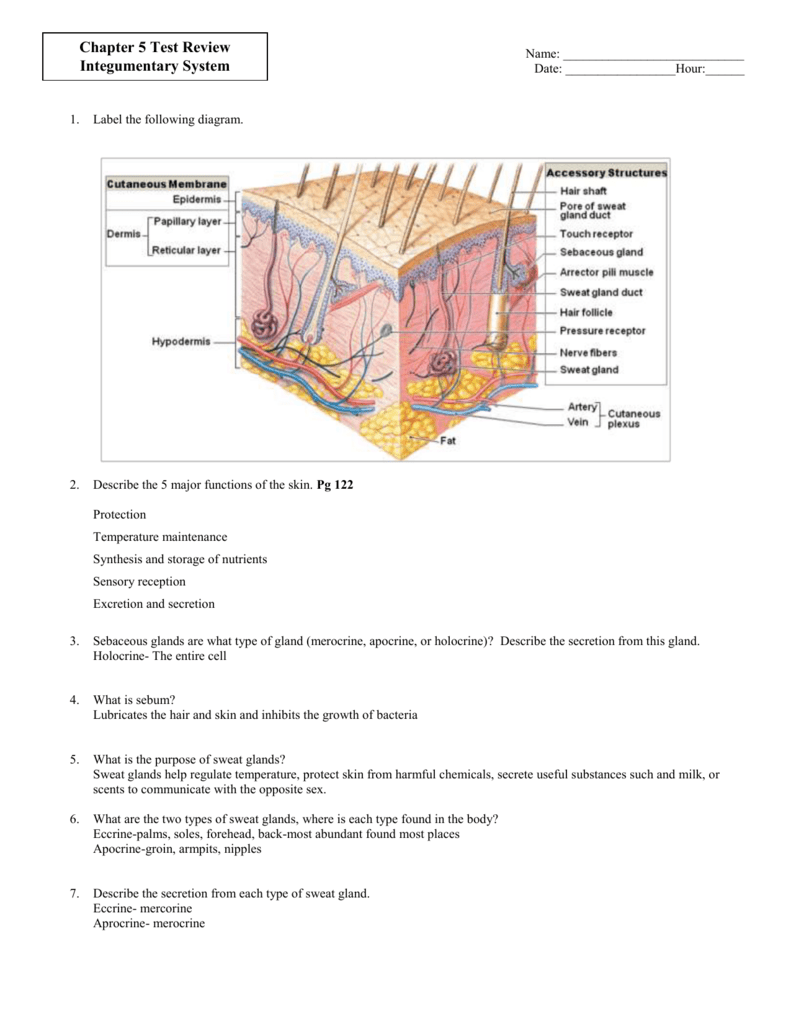
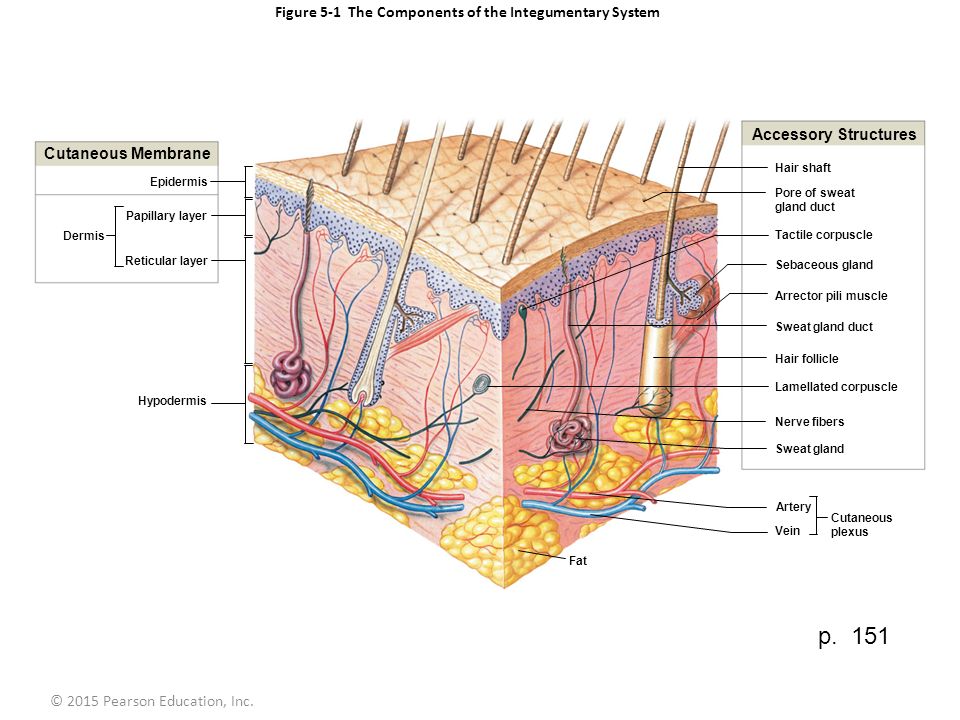

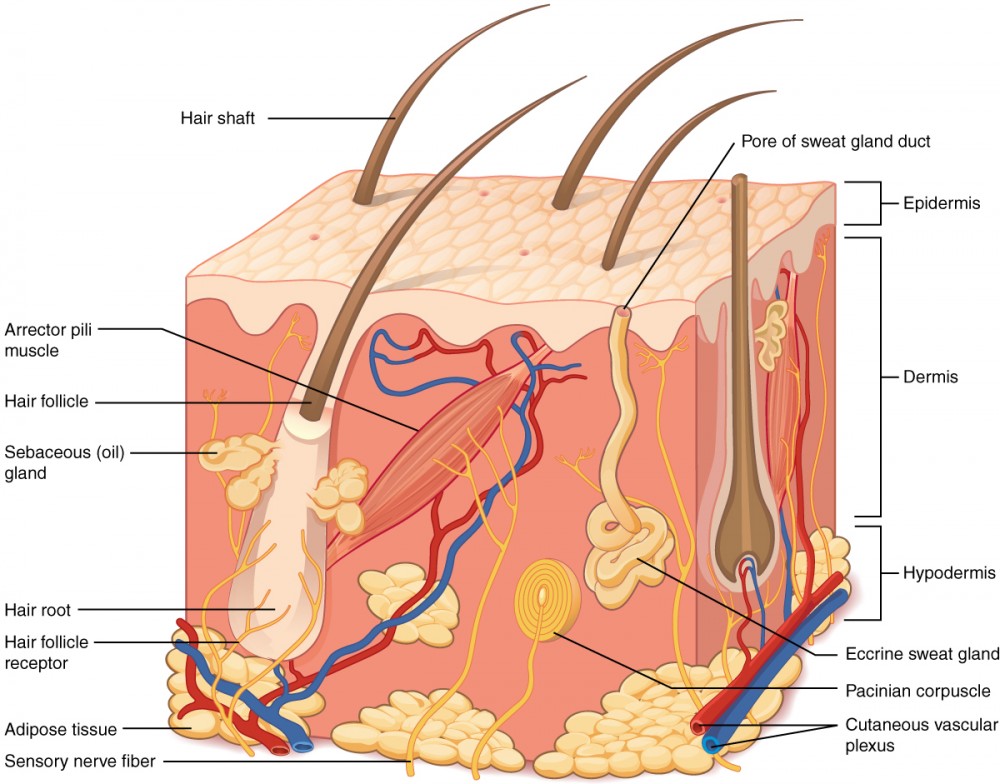


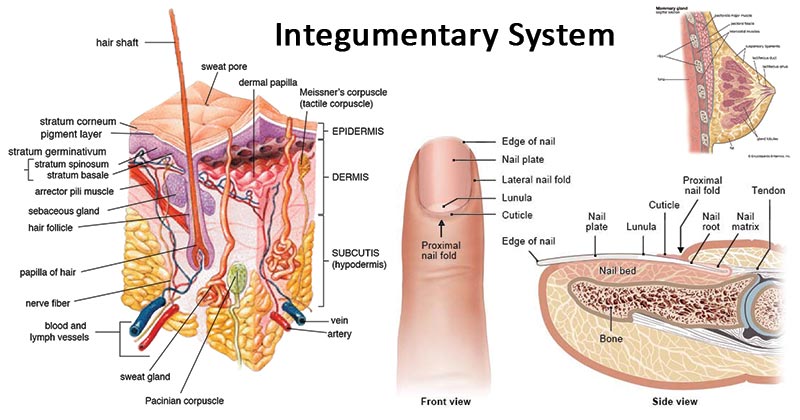





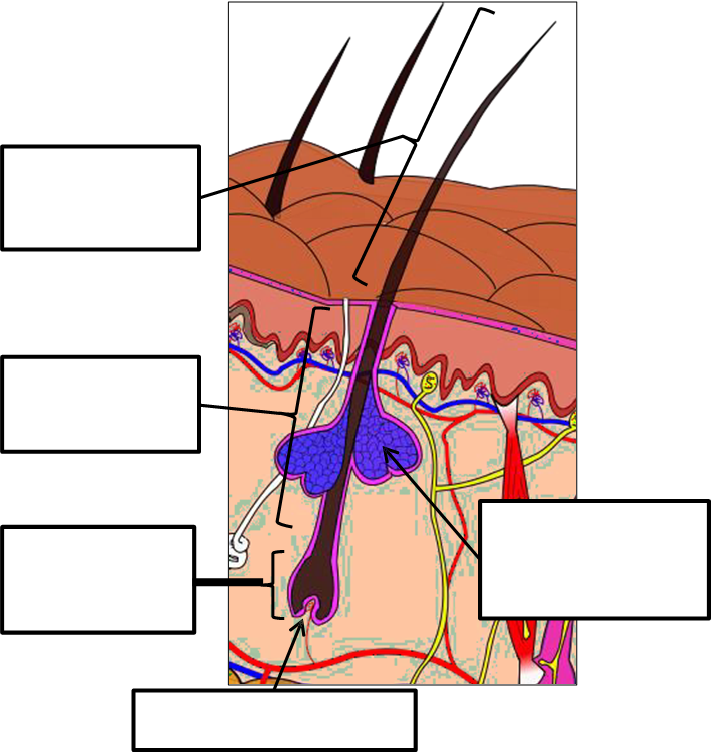
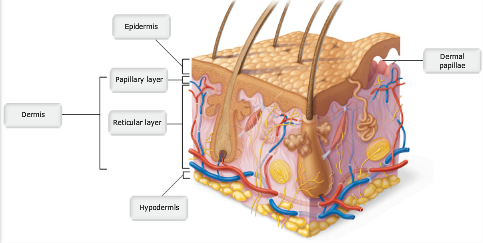
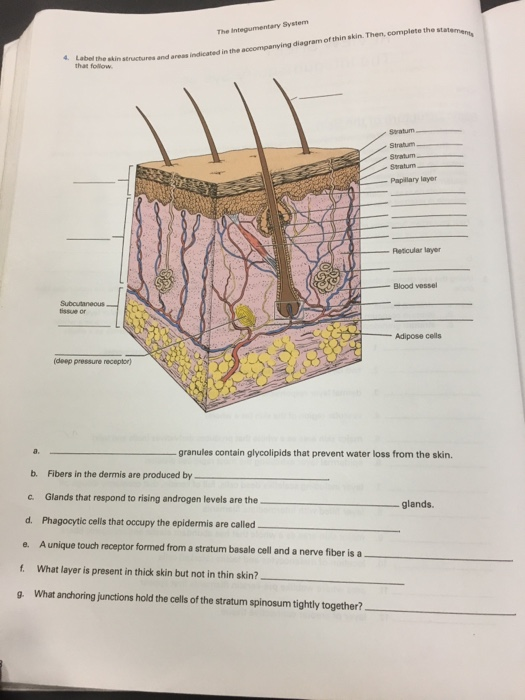

Post a Comment for "38 integumentary system labeling"